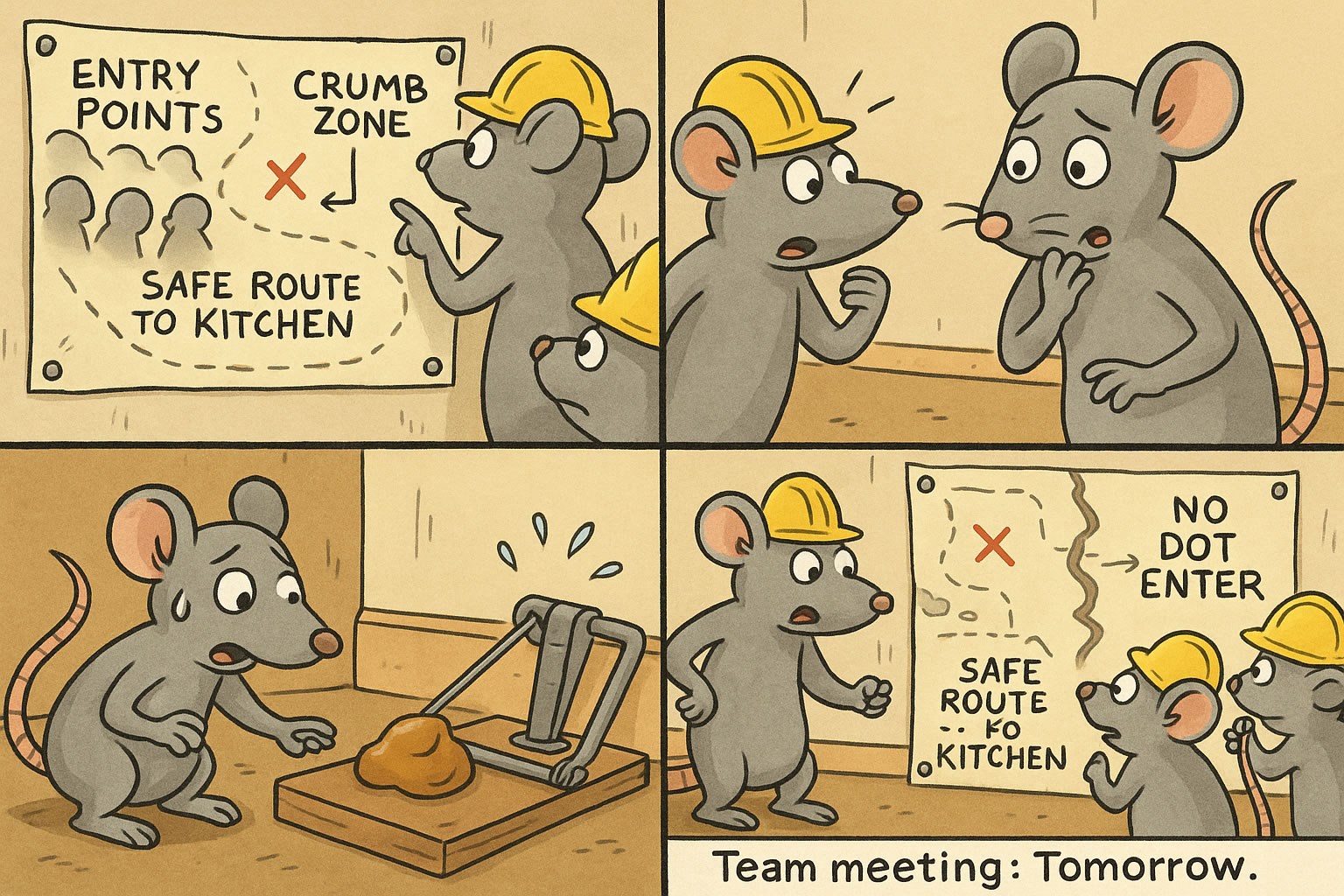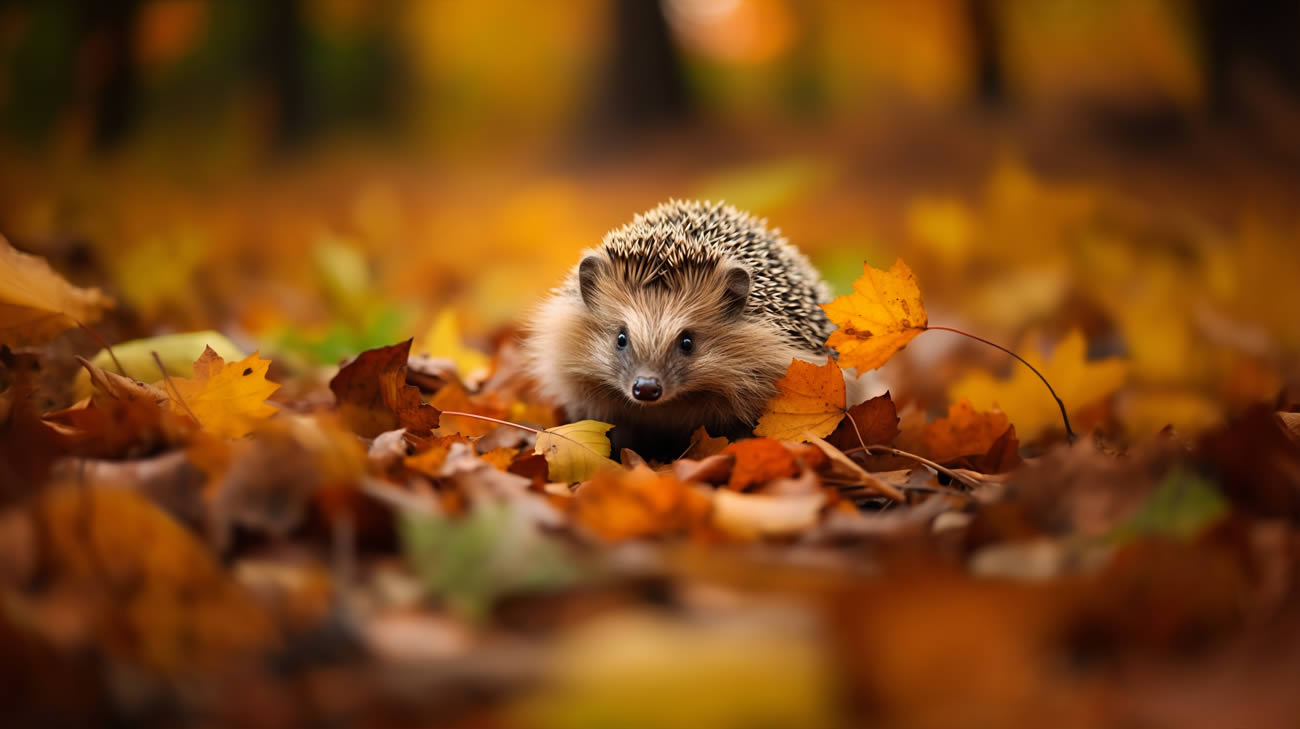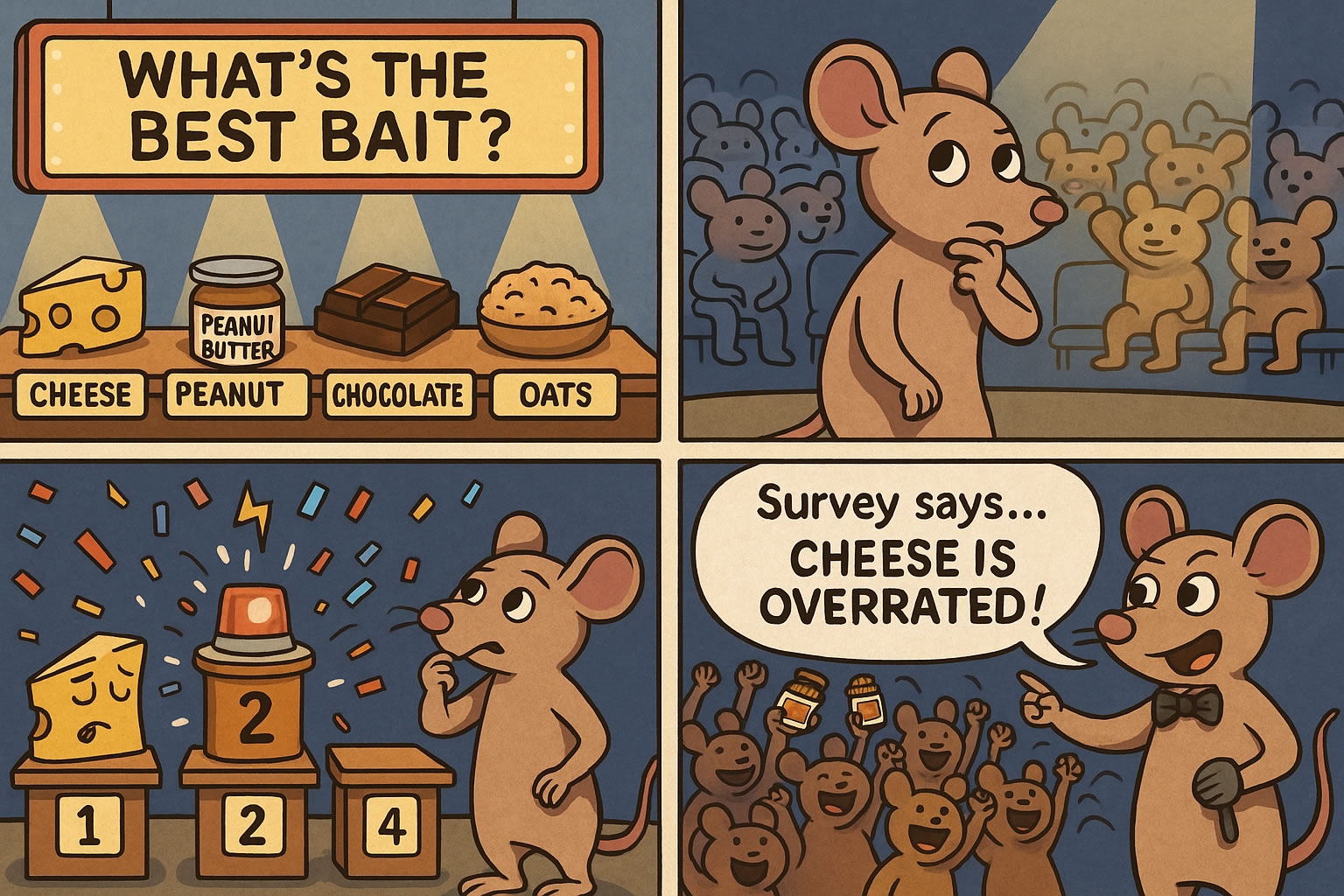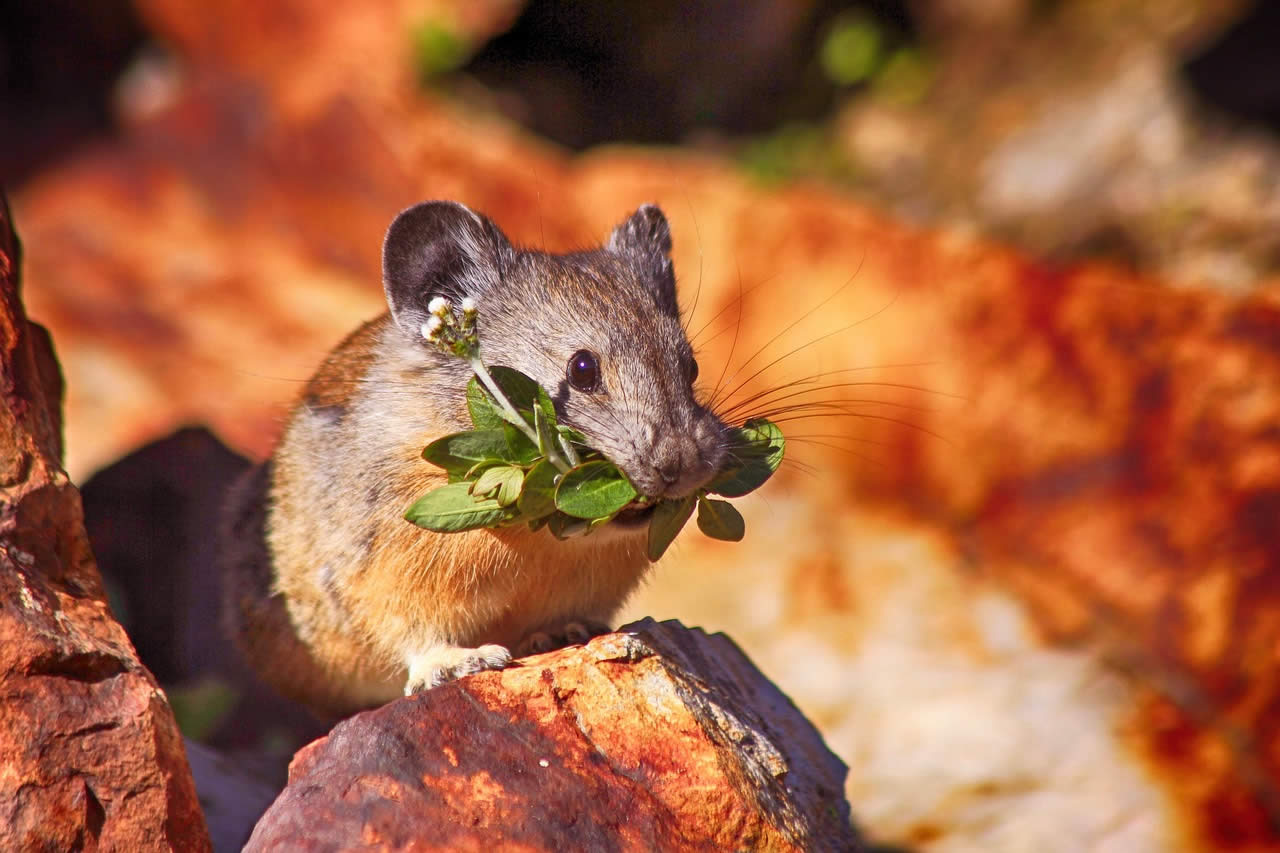Related Queries
ToggleIf you’ve started hearing quiet scratching at night, tapping in the wall, or light footsteps across the ceiling, it’s likely that you’ve got mice in the walls. You’re not alone—this is one of the most common ways mice invade homes. They slip in through small gaps and move silently between walls, floors, and lofts. The thing is, you don’t always see them. You just hear them. And by the time you do, they’re already settled in.
Getting rid of mice in the walls isn’t something you want to put off. They don’t just stay hidden. They chew cables, damage insulation, and contaminate everything with urine and droppings. The longer they’re there, the worse it gets—and the harder it becomes to deal with them.
This post breaks it all down clearly. We’ll go through the signs, the reasons, and then the steps you need to follow. So if you’re trying to stop the noise and stop the damage, here’s what you need to know.
How do you know mice are in the walls?
You might not see them, but you’ll usually hear them. Mice are nocturnal, which means you’ll notice the signs more at night or in the early morning when everything else is quiet. Some of the most common signs include:
- Scratching or scuffling inside walls, especially near corners or skirting
- Light thumping or tapping noises behind plasterboard or under floorboards
- Droppings found near wall gaps, especially in kitchens, lofts, or airing cupboards
- A musky smell, which gets stronger if the infestation grows
- Pets staring at the same wall or acting agitated in certain rooms
If you hear the sounds regularly in one area, they’ve likely made a nest inside that part of the wall or nearby cavity. Don’t ignore it—even a small noise can mean several mice are already moving through your home.
How are mice getting into the walls in the first place?
They don’t need much. A hole the size of a pencil is all it takes for a mouse to squeeze in. If your property has gaps near pipework, cracks in the brickwork, missing air brick covers, or gaps under cladding, they’ll find them. Once inside, they use the voids behind plasterboard, the gap between internal and external walls, and the space under floorboards to move from one end of the house to the other.
It’s not always the outside wall either. Mice can move up from basements, through floor joists, and into the wall voids of upper floors. They’ll follow warmth, safety, and the smell of food.
Is it dangerous to have mice in the walls?
It’s not just about noise or mess. Mice in the walls can be a serious risk. They chew constantly—plastic, wood, paper, even wires. If they start damaging electrical wiring inside your wall cavities, you could end up with power cuts or, worse, a fire hazard.
They also leave droppings and urine along their paths, and if they die in the walls, the smell becomes hard to ignore. Plus, mice carry bacteria like salmonella and can trigger allergies in sensitive people, especially if the infestation goes unnoticed for weeks.
That’s why it’s so important to act quickly—not just to stop the noise but to stop real damage to your home and health.
Can you get rid of mice without opening the walls?
Most of the time, yes. You rarely need to cut into walls unless there’s a severe infestation or dead mice stuck inside. The key is to identify how they’re getting in and use targeted traps and bait along their known routes. Mice don’t stay hidden forever—they leave at night to search for food and water. That’s your chance to deal with them without damaging your home.
How To Get Rid Of Mice In The Walls – Step-by-Step
Here’s the part that matters. If you’re hearing noises or seeing signs, this is what to do next. Follow each step properly, and you’ll stop the problem before it gets worse.
- Find out where they’re getting in
Walk the outside of your home. Check around air bricks, pipes, utility boxes, boiler flues, and gaps under doors. You’re looking for holes the size of a pencil or larger. Pay attention to where the sounds are coming from inside. That’s your starting point. - Seal the external entry points
Use steel wool and filler, wire mesh, or expanding foam to block the gaps. Silicone sealant works too but only in dry indoor areas. Don’t leave this step for later—if you trap mice inside without sealing the outside, new ones can still get in. - Set traps in key locations
Place traps or bait stations along the skirting board where noise or droppings have been found. Corners, behind fridges, near airing cupboards, or in the loft are ideal spots. Don’t place traps randomly—stick to the edges of rooms where mice naturally run.
Use peanut butter, chocolate spread, or oats mixed with honey as bait. These last longer and attract more mice than cheese ever will. Wear gloves when placing traps to keep your scent off the bait.
- Keep food sealed and surfaces clear
Mice will keep coming back if there’s something worth staying for. Store cereals, pet food, and grains in sealed containers. Wipe up crumbs, don’t leave washing up overnight, and empty kitchen bins daily. - Reduce the clutter
Mice nest in quiet, undisturbed places. If you’ve got boxes, bags, or piles of fabric in lofts, cupboards, or under beds, clear them out. The fewer hiding places they have, the more likely they are to move on—or get caught. - Monitor and reset traps
Check your traps every day. If one goes off and doesn’t catch anything, clean and reset it. Mice are smart, and they learn quickly. Vary the bait if you’re not getting results and try different trap styles—snap traps, live traps, or enclosed bait boxes. - Consider ultrasonic repellents as a support tool
While not a guaranteed fix, ultrasonic repellents may help discourage mice from nesting in certain areas. Use them in combination with traps and sealing to strengthen your efforts. - Don’t block the holes inside yet
Until you’re sure no mice are still inside the walls, don’t seal the small gaps on the inside. If you trap them inside, they’ll panic and chew through something else to escape—or worse, die inside the cavity.
Wait until the traps are quiet and the signs are gone for at least 7–10 days before sealing the final internal gaps.
Can pest control help if mice are in the walls?
Yes. If you’ve tried all of the above and you’re still hearing scratching or catching multiple mice week after week, it’s time to call a professional. Pest control experts can identify hidden routes, place high-grade traps, and reach areas you can’t. They also know how to handle rodents in roof spaces, wall voids, or between floors safely and legally.
Some infestations spread fast, especially in older properties or shared buildings. If the noise is spreading or if you’ve already blocked obvious entry points and they’re still active, don’t wait. A professional can solve the problem quickly before it gets out of control.
What if the smell gets worse after you set traps?
Sometimes, a mouse might die in the wall cavity. If you notice a strong, sour odour that doesn’t go away, that’s often the reason. You might need professional help to locate and remove it, especially if the wall is sealed or behind heavy appliances. In mild cases, odour absorbers or charcoal bags may help mask the smell until it fades naturally.
How do you stop mice from coming back?
Once you’ve got rid of the mice, focus on prevention. Keep external gaps sealed, food put away, and lofts and cupboards tidy. Check your property every few months, especially after a change in weather or any building work. New gaps can appear where pipes shift or cracks form.
Even if your home is clean, mice can return. Prevention means being consistent—just one missed step and they’ll find their way in again.
Why acting early makes all the difference
It’s easy to ignore a bit of scratching or assume it’s just a one-off. But mice don’t stop once they’ve made themselves at home. They breed fast, they spread, and they don’t need much to survive. The sooner you act, the easier it is to sort. Waiting only gives them more time to multiply and more space to damage.
Whether it’s one mouse or more, you’ve now got the tools and the steps to fix it properly. No guesswork, no wasted time—just a clear plan to get them out and keep them out.
Final thoughts – Take back control of your walls
Mice in the walls aren’t just an inconvenience—they’re a threat to your home’s structure, your safety, and your peace of mind. You don’t need to panic. You don’t need to start tearing out plasterboard. But you do need to act. Seal up the gaps, set the right traps, and stay consistent. That’s how you stop the noise, protect your space, and make sure the problem doesn’t return. Start today, and take your home back from whatever’s hiding behind the walls.
Pest Control Denton – Pest Control Farndish – Pest Control Greater Manchester













